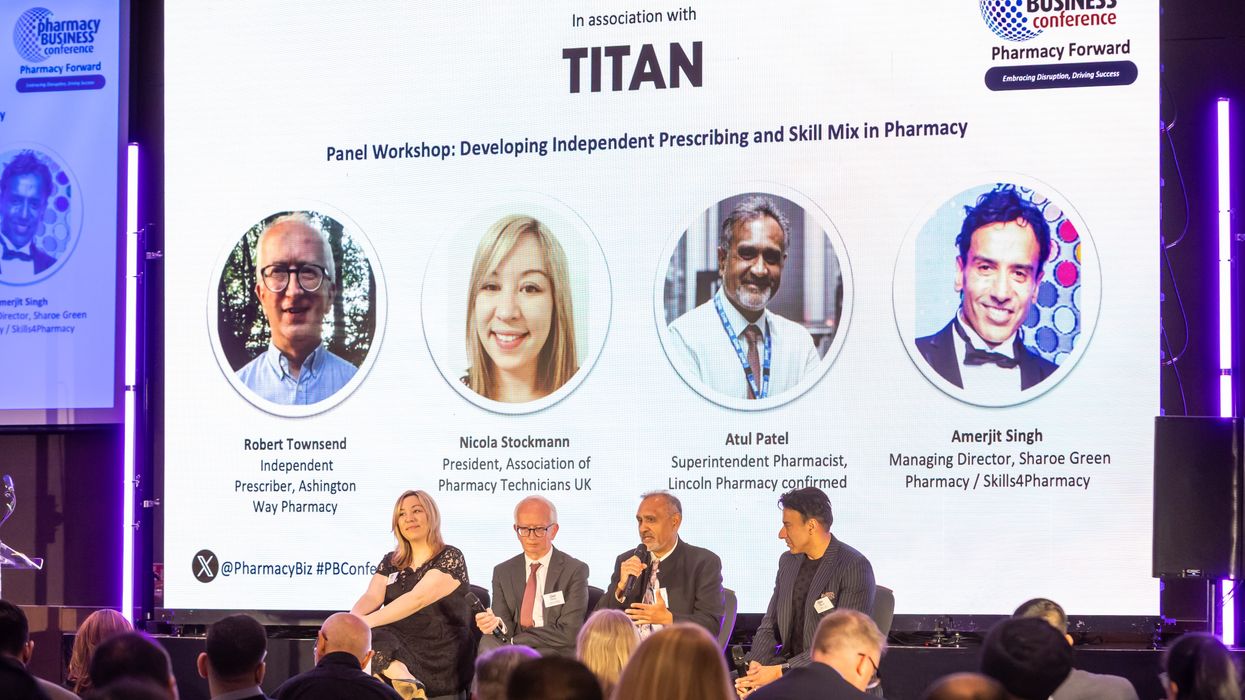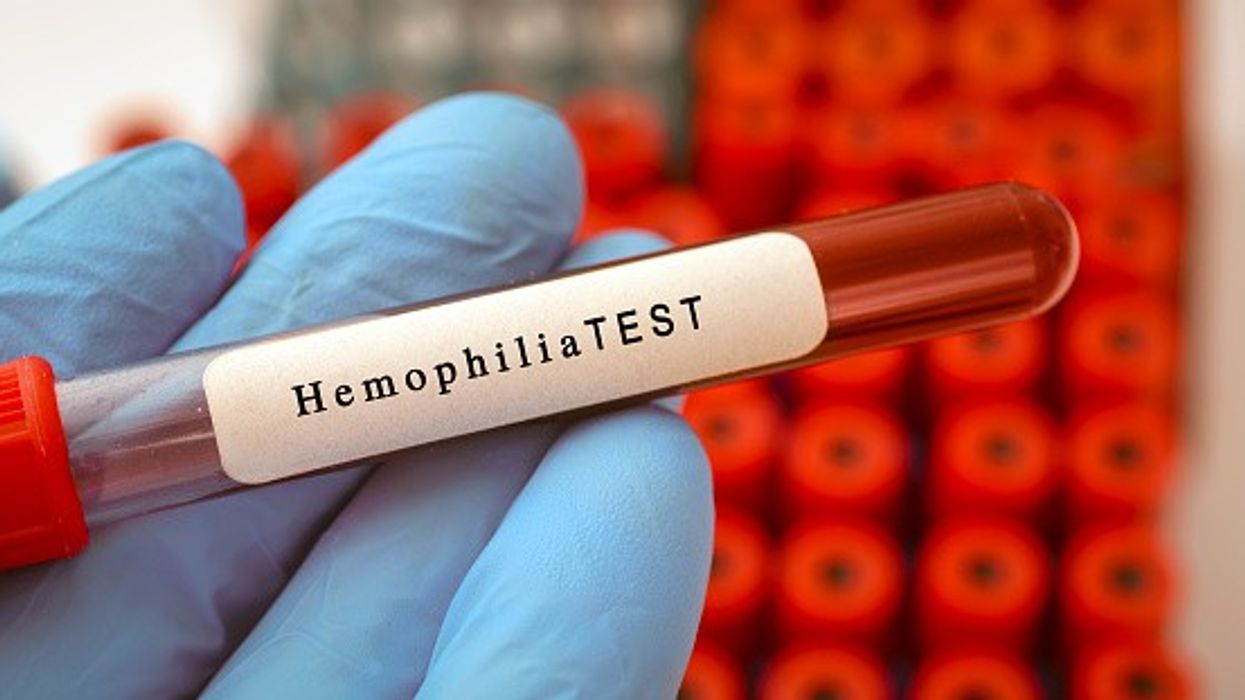Are you wondering what oligos are and why it is important in synthetic and molecular biology? Is it essential to understand the genetic makeup of an organism? What are the various applications of oligo in synthetic and molecular biology? When ordering DNA oligos, design them to contain the required DNA sequence.
DNA oligonucleotides.
The solid-phase chemical synthesis is the process used to make custom DNA oligos. A growing chain of nucleotides forms by adding A, T, C, and G nucleic acids. Phosphoramidite is the building block for oligos. When ordering an oligo, you can design it to contain any DNA sequence required and select from many modifications available to meet your research needs. To remove molecule impurities, the DNA oligo is deprotected and desalted. Coupling efficiency affects the amount of full-length product received. Format the oligos to suit your automation, application, and information requirements. The common application of oligo is polymerase chain reaction(PCR). Mutagenesis and next-generation sequencing are applications that require very pure oligos.
DNA oligo specifications.
- HPLC, desalt, cartridge, and PAGE are methods used in the purification process of an oligo.
- Synthesis scale. The manufacturing quantity ranges from mg to gms, depending on your request.
- The sequence length ranges from 5 to 120 bases. Consult contact support for a feasibility report if you want longer oligos of up to 180 bases.
- The oligo can be in solution or dry.
- More than 200 modifications are available. It includes fluorescent and non-fluorescent dyes.
- Quality control. To ensure high quality, electrospray ionization MS, OD by UV spectroscopy, and MALDI-TOF MS spectroscopy are used.
- Technical datasheet and labels. The data sheet contains customers' information like oligo name, location, lot number, sequence length, MW, concentration, and volume.
- Additional services. Configuration and modification options.
Oligo applications.
- Polymerase chain reaction.
During polymerase chain reaction, oligonucleotide is used as a primer. The PCR technique involves making many copies of DNA strands to create many more copies used for sequencing and cloning. To start copying, researchers use 20 to 35 base-long oligos called primers. Customize the DNA primer design to match the target DNA sequence for copying to begin.
Characteristics for efficient PCR primers.
- The melting temperature should be similar for paired primers.
- 18 to 22 necluotides is the optimal lenght for compp;luimentaru sequence.
- Avoid long repeats of a single base.
- There should be few or no secondary structures. A pair of primers should not dimerize.
- A primer should not be homologous to itself.
- DNA sequencing.
Understanding the genetic makeup of an organism helps to:
- Identify mutations.
- Compare homologous genes of different species.
- Locate gene sequences.
3. Gene cloning involves making copies of a specific gene to use in downstream applications like mutagenesis, sequencing, and genotyping. To amplify the gene of interest, use the polymerase chain reaction technique. Compared to traditional gene cloning, the PCR technique takes less time to generate a pure sample of the gene of interest.
Conclusion.
Oligos are essential and applied in several fields such as PCR cloning, next-generation sequencing, and diagnostic screening of diseases. Create DNA copies by ensuring the DNA primer is customized to match the target DNA sequence. When the primer binds to a specific DNA sequence, the oligonucleotide extends and replicates the complementary strand.

















